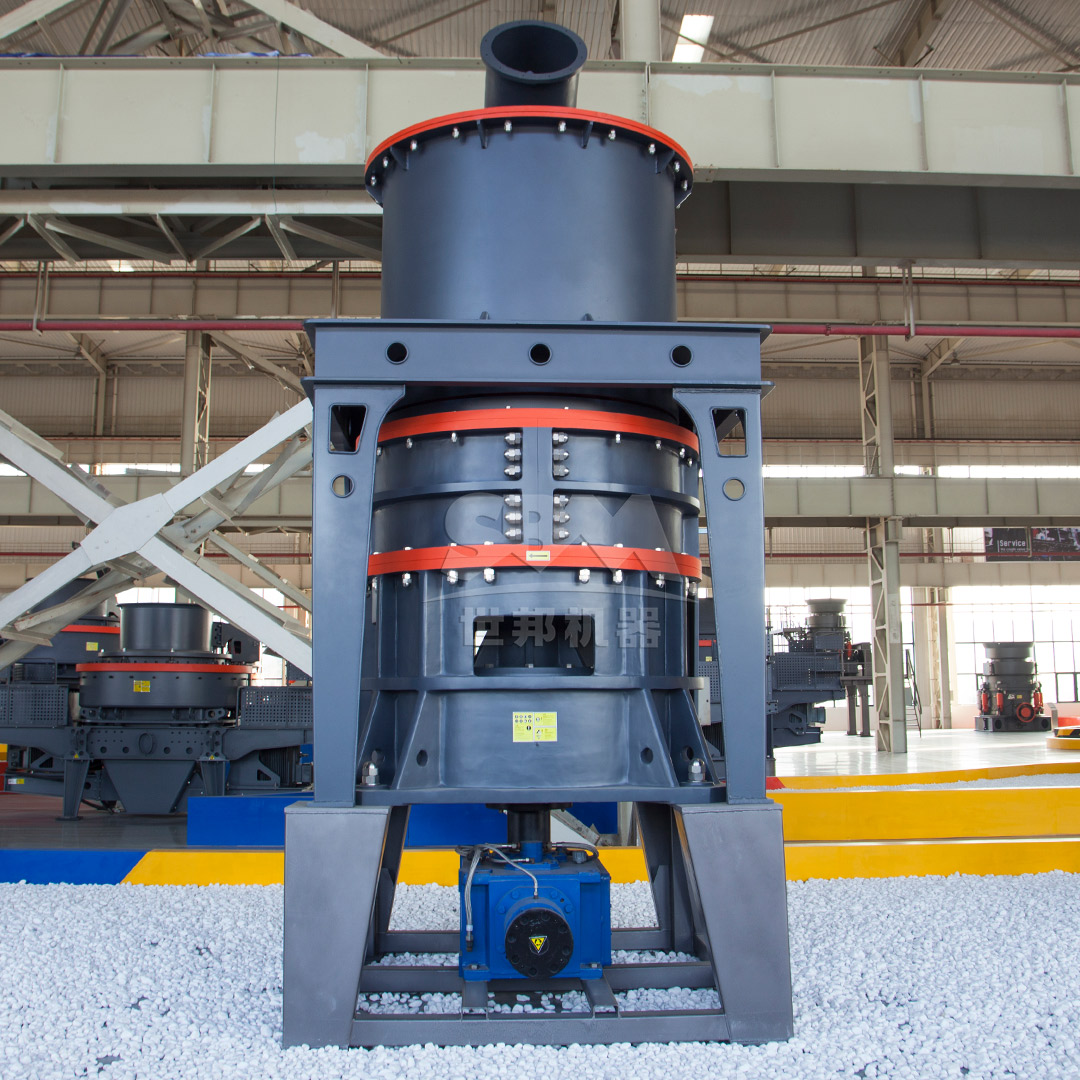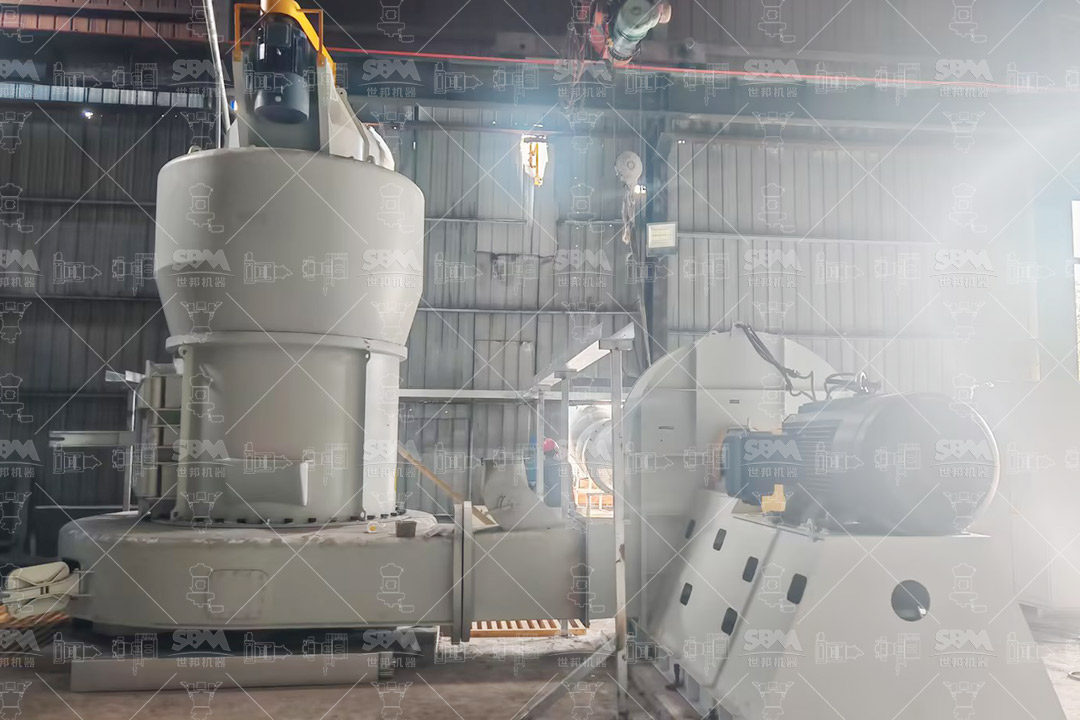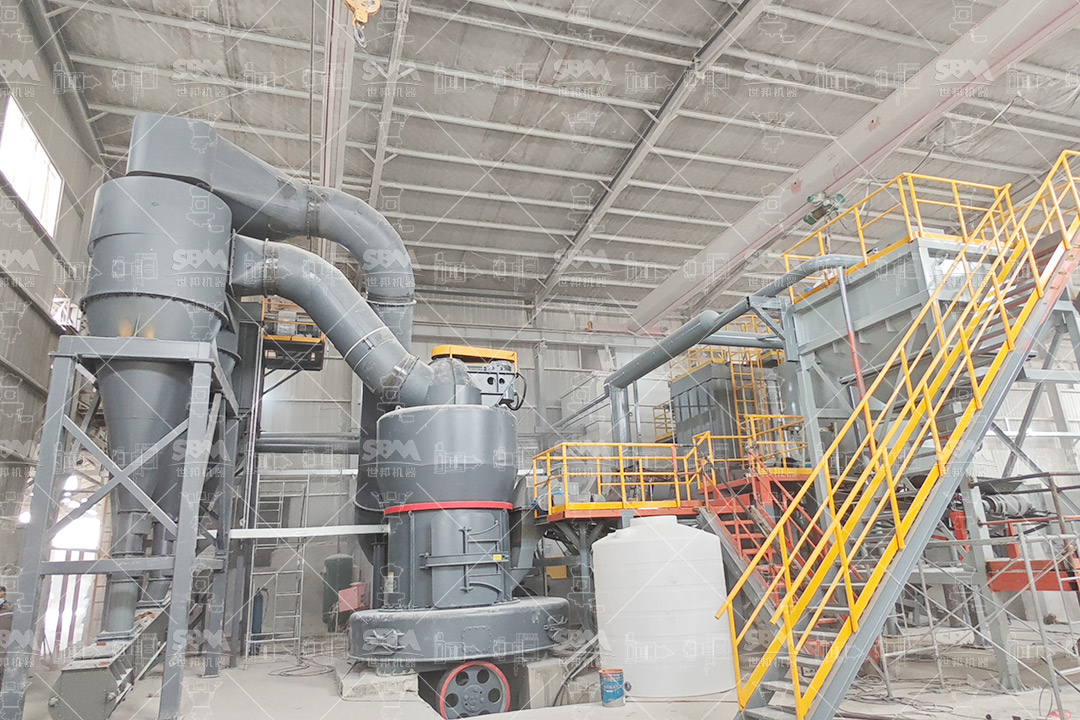Advanced ceramics manufacturing represents one of the most demanding sectors in modern industrial processing, requiring exceptional precision, consistency, and quality control throughout the production cycle. Unlike traditional materials, advanced ceramics such as alumina, zirconia, silicon carbide, and silicon nitride possess unique mechanical properties including high hardness, wear resistance, and thermal stability that present significant challenges for size reduction operations. The grinding process must achieve extremely fine particle sizes while maintaining strict control over particle size distribution, minimizing contamination, and ensuring cost-effective operation.
The transition from conventional to advanced ceramics manufacturing necessitates a paradigm shift in grinding technology selection. Traditional ball mills and basic crushing equipment often prove inadequate for meeting the stringent requirements of high-performance ceramics, where sub-micron particle sizes and narrow size distributions are essential for achieving optimal sintering behavior and final product properties. This article explores the critical considerations for optimizing grinding processes in advanced ceramics manufacturing and presents technological solutions that address these challenges.
In advanced ceramics manufacturing, particle size directly influences sintering behavior, density, mechanical strength, and surface finish of the final product. Optimal particle size distributions typically range from sub-micron to a few microns, with D50 values often below 1μm for high-performance applications. Narrow size distributions are crucial to prevent differential sintering rates that can lead to warping, cracking, or porosity in the fired ceramic components.
The grinding system must provide precise control over the final particle size while minimizing the presence of oversized particles that can act as failure initiation sites. Additionally, the ability to consistently reproduce specific particle size distributions across production batches is essential for maintaining product quality and performance characteristics.
Ceramics grinding operations must minimize the introduction of contaminating elements that can compromise material properties. Metallic contamination from grinding media or mill components represents a particular concern, as even trace amounts can alter sintering behavior, reduce mechanical strength, or affect electrical properties in functional ceramics. Advanced grinding systems employ specialized wear-resistant materials and innovative designs to prevent material contamination during processing.
Fine grinding operations are inherently energy-intensive, with comminution accounting for a significant portion of total manufacturing costs in ceramics production. Optimizing energy consumption while maintaining product quality presents a major challenge. Modern grinding technologies address this through improved grinding efficiency, reduced friction losses, and intelligent control systems that optimize operational parameters in real-time.
For the most demanding applications requiring particle sizes in the sub-micron range, specialized ultrafine grinding equipment delivers unparalleled performance. The SCM Series Ultrafine Mill represents a technological breakthrough in this category, specifically engineered to achieve output fineness ranging from 325 to 2500 mesh (D97 ≤ 5μm). This equipment combines multiple grinding mechanisms including compression, shear, and impact forces to efficiently reduce hard ceramic materials to ultrafine powders.
The SCM Ultrafine Mill incorporates several innovations critical for ceramics processing. Its vertical turbine classifier enables precise particle size control, ensuring consistent product quality without coarse particle contamination. The intelligent control system automatically monitors and adjusts operational parameters to maintain target fineness, while the specially designed grinding elements manufactured from wear-resistant materials minimize metallic contamination – a critical consideration for high-purity ceramic applications.
| Model | Processing Capacity (ton/h) | Main Motor Power (kW) | Output Fineness (mesh) |
|---|---|---|---|
| SCM800 | 0.5-4.5 | 75 | 325-2500 |
| SCM900 | 0.8-6.5 | 90 | 325-2500 |
| SCM1000 | 1.0-8.5 | 132 | 325-2500 |
| SCM1250 | 2.5-14 | 185 | 325-2500 |
| SCM1680 | 5.0-25 | 315 | 325-2500 |
With energy consumption 30% lower than conventional jet mills and twice the production capacity, the SCM Series delivers significant operational advantages for high-volume ceramics powder production. The integrated pulse dust collection system exceeds international environmental standards while maintaining processing efficiency, and the specialized noise reduction design ensures workplace noise levels remain below 75dB.

For intermediate grinding applications requiring output fineness between 30-325 mesh, vertical roller mills offer an optimal balance of efficiency, flexibility, and cost-effectiveness. The LM Series Vertical Roller Mill incorporates advanced design features specifically beneficial for ceramics processing, including integrated crushing, grinding, and classification functions within a compact footprint.
The LM Series employs a unique grinding principle where material is fed through the center of the rotating grinding table and transported radially across the grinding track by centrifugal force. Hydraulically loaded grinding rollers compress the material bed, achieving efficient comminution with minimal energy consumption. The non-contact design between grinding rollers and table significantly extends wear part lifetime while reducing contamination risks.
Key advantages for ceramics manufacturers include the expert automatic control system that enables remote operation and real-time parameter monitoring, reducing operator intervention while maintaining consistent product quality. The fully sealed negative pressure operation ensures dust emissions remain below 20mg/m³, addressing both workplace safety and environmental compliance requirements.
| Model | Grinding Table Diameter (mm) | Processing Capacity (t/h) | Output Fineness (μm) | Main Motor Power (kW) |
|---|---|---|---|---|
| LM130K | 1300 | 10-28 | 170-40 | 200 |
| LM150K | 1500 | 13-38 | 170-40 | 280 |
| LM170K | 1700 | 18-48 | 170-40 | 400 |
| LM190K | 1900 | 23-68 | 170-40 | 500 |
| LM220K | 2200 | 36-105 | 170-45 | 800 |

Modern ceramics manufacturing facilities benefit significantly from integrated grinding systems that combine multiple processing stages into streamlined operations. Rather than treating size reduction as a series of discrete operations, integrated systems coordinate primary crushing, intermediate grinding, and final classification to optimize overall process efficiency.
The selection of complementary equipment creates synergistic effects that enhance performance while reducing operational costs. For example, pairing a hammer mill for primary size reduction with an SCM Ultrafine Mill for final grinding creates an efficient two-stage process that maximizes throughput while minimizing energy consumption per unit of product.
Advanced control systems represent a critical component of optimized ceramics grinding operations. Modern grinding equipment incorporates programmable logic controllers (PLC) that monitor operational parameters including motor load, temperature, vibration, and product fineness. These systems automatically adjust feed rates, classifier speeds, and grinding pressure to maintain optimal performance under varying conditions.
The integration of Industry 4.0 principles enables predictive maintenance strategies that minimize unplanned downtime. Vibration analysis, wear monitoring, and performance trending allow operators to schedule maintenance activities during planned shutdowns, maximizing equipment availability and product quality consistency.

Different ceramic materials require tailored grinding approaches to achieve optimal results. Alumina ceramics, for example, respond well to compressive grinding forces and benefit from the high-pressure grinding roller systems found in vertical roller mills. Zirconia, with its exceptional toughness, may require impact-dominated comminution in the initial grinding stages followed by fine attritory grinding.
Silicon carbide, one of the hardest ceramic materials, presents particular challenges due to its extreme hardness and abrasiveness. Successful grinding of silicon carbide requires specialized wear-resistant mill components and often benefits from wet grinding approaches that reduce thermal stress and prevent oxidation.
When evaluating grinding equipment for ceramics manufacturing, a comprehensive total cost of ownership analysis should extend beyond initial capital investment to include energy consumption, maintenance requirements, wear part replacement costs, and operational labor. Advanced grinding systems typically demonstrate their value through reduced energy consumption per ton of product, extended maintenance intervals, and higher production yields.
The SCM Ultrafine Mill, for instance, delivers 30% lower energy consumption compared to conventional jet mills while providing twice the production capacity. Similarly, the LM Series Vertical Roller Mill reduces energy requirements by 30-40% compared to ball mill systems, with wear part lifetimes extended by up to three times through innovative non-contact designs.
Modern grinding technologies address growing environmental regulations and sustainability requirements through improved energy efficiency, reduced emissions, and lower noise levels. Pulse dust collection systems with efficiency exceeding international standards ensure workplace safety and environmental compliance, while advanced noise reduction technologies maintain operational noise below 75-80dB.
Water consumption represents another critical environmental consideration, particularly for regions with water scarcity. Dry grinding systems offer significant advantages in this regard, eliminating water consumption and the associated wastewater treatment requirements. The completely sealed design of advanced grinding systems prevents material loss and minimizes environmental impact.
The evolution of ceramics grinding technology continues to address the increasingly demanding requirements of advanced materials applications. Emerging trends include the development of hybrid grinding systems that combine multiple comminution mechanisms, advanced classifier designs for tighter particle size distributions, and smart grinding systems that incorporate artificial intelligence for autonomous optimization.
Nanoceramics represent a growing segment of the advanced ceramics market, driving demand for grinding technologies capable of producing powders with particle sizes below 100 nanometers. Meeting this challenge requires innovations in grinding mechanics, classification efficiency, and contamination control that push beyond the capabilities of current technologies.
Digitalization and connectivity represent another significant trend, with equipment manufacturers developing cloud-based monitoring platforms that enable remote operation, performance benchmarking across multiple facilities, and predictive maintenance algorithms that further enhance equipment reliability and product quality consistency.
Optimizing grinding processes for advanced ceramics manufacturing requires a comprehensive approach that addresses technical requirements, economic considerations, and environmental responsibilities. The selection of appropriate grinding technology, whether the SCM Series Ultrafine Mill for sub-micron applications or the LM Series Vertical Roller Mill for intermediate fineness requirements, provides the foundation for efficient, consistent, and cost-effective ceramics production.
By implementing advanced grinding technologies alongside intelligent process control strategies, ceramics manufacturers can achieve the precise particle characteristics essential for high-performance applications while minimizing operational costs and environmental impact. As material requirements continue to evolve, ongoing innovation in grinding technology will play a critical role in enabling the next generation of advanced ceramic materials and applications.